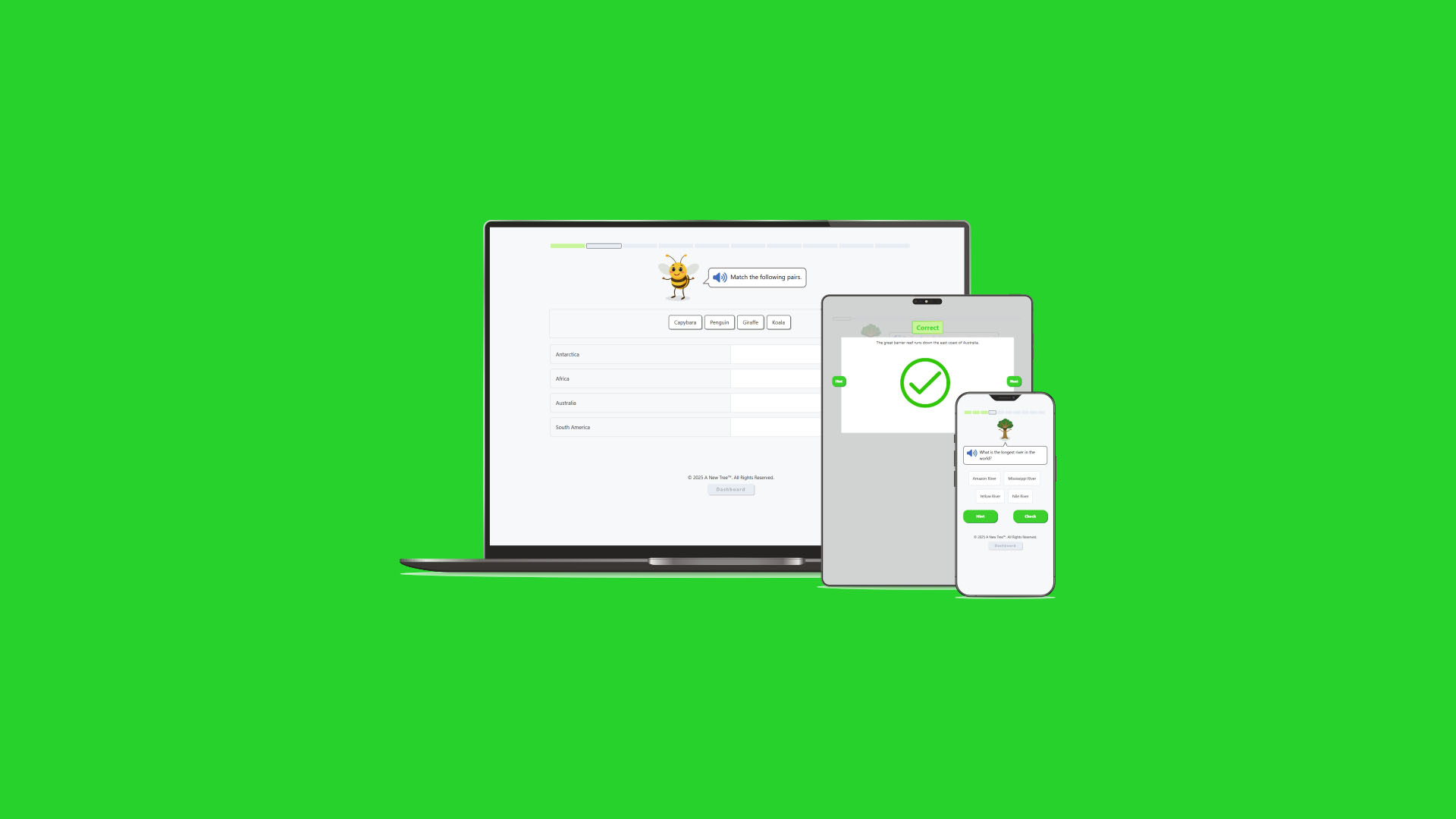In today’s digital age, children’s online learning platforms are revolutionising the way young students engage with education—both in classrooms and at home. Whether you’re a schoolteacher or a homeschooling parent, integrating an online learning tool into your routine can offer flexibility, structure, and interactive fun that traditional methods may lack. But how exactly can you use these platforms to best support your learners?
Here’s a helpful guide to making the most of a children’s online learning platform in both classroom and homeschooling settings.
1. Two Ways to Use: Individual or Group-Based Learning
Online learning platforms are built to be flexible. You can use them:
-
Individually, where each student progresses through their own account at their own pace with guidance and monitoring.
-
Collectively, where the teacher or parent leads the class or group through a lesson, discussing concepts, answering questions, and navigating the course content together.
Let’s explore how each of these looks in practice.
2. Using Online Learning Platforms for Individualised Learning
Ideal For:
Mixed-ability classrooms
Homeschooling families with multiple children
Students who benefit from self-paced study
How to Implement:
Each student is given their own login and can access the platform on a tablet, laptop, or desktop.
The platform tracks progress, scores, and completion rates—great for progress reports or record-keeping.
Teachers or parents can supervise by circulating the room, helping students when needed, and reviewing their work afterward.
Students can wear headphones for interactive audio lessons or games, which helps maintain a quiet environment.
Benefits:
Encourages independence and self-motivation
Allows children to work at their own level, regardless of age
Offers built-in assessment tools for targeted support
Tip: Set aside a “tech time” block in your daily schedule so kids become familiar with regular platform use, without it replacing other important activities like hands-on experiments, physical play, or creative projects.
3. Using Online Learning Platforms for Group Instruction
Ideal For:
Classrooms with limited devices
Younger children who benefit from guided instruction
Parents or teachers introducing new topics to multiple children at once
How to Implement:
Use a projector or smartboard to display the platform on a large screen.
The teacher or parent leads the session, reading content aloud or using platform videos.
Pause for group discussion, ask questions, and let students take turns answering or interacting with the platform.
Use worksheets or hands-on activities to reinforce the digital lesson offline.
Benefits:
Builds social learning and teamwork
Helps children understand platform navigation before independent use
Creates opportunities for collaborative problem-solving
Tip: Use whole-class sessions to introduce new units or challenging topics. Once students are confident, you can transition them into independent platform use to reinforce learning.
4. Blended Learning: The Best of Both Worlds
Many teachers and parents find success with a blended approach—starting with a group-led session to explain new material, then allowing students to practise individually on the platform. This mix keeps learning dynamic, caters to different learning styles, and ensures that students stay both supported and challenged.
5. Tracking Progress and Setting Goals
One of the biggest advantages of a quality online learning platform is real-time tracking. Teachers and parents can:
View individual student performance
Identify strengths and weaknesses
Assign extra practice where needed
Celebrate milestones with certificates or rewards
This data-driven insight helps you personalise your teaching and ensure no child falls through the cracks.
6. Tips for Success in Any Setting
Set clear expectations. Let students know when and how the platform will be used.
Stay involved. Whether you’re supervising from the sidelines or leading from the front, your presence makes a difference.
Balance screen time. Online learning should enhance, not replace, the broader curriculum.
Encourage reflection. After platform use, ask students what they learned or found interesting.
Conclusion
Online learning platforms for children are more than just digital worksheets—they’re powerful tools that can transform how kids learn, whether at home or at school. With the right approach, they can provide structure, interactivity, and customisation that support both independent and collaborative learning.
So whether you’re a teacher navigating a busy classroom or a parent running a homeschool day, these platforms offer something for everyone—and make learning a lot more fun along the way.
